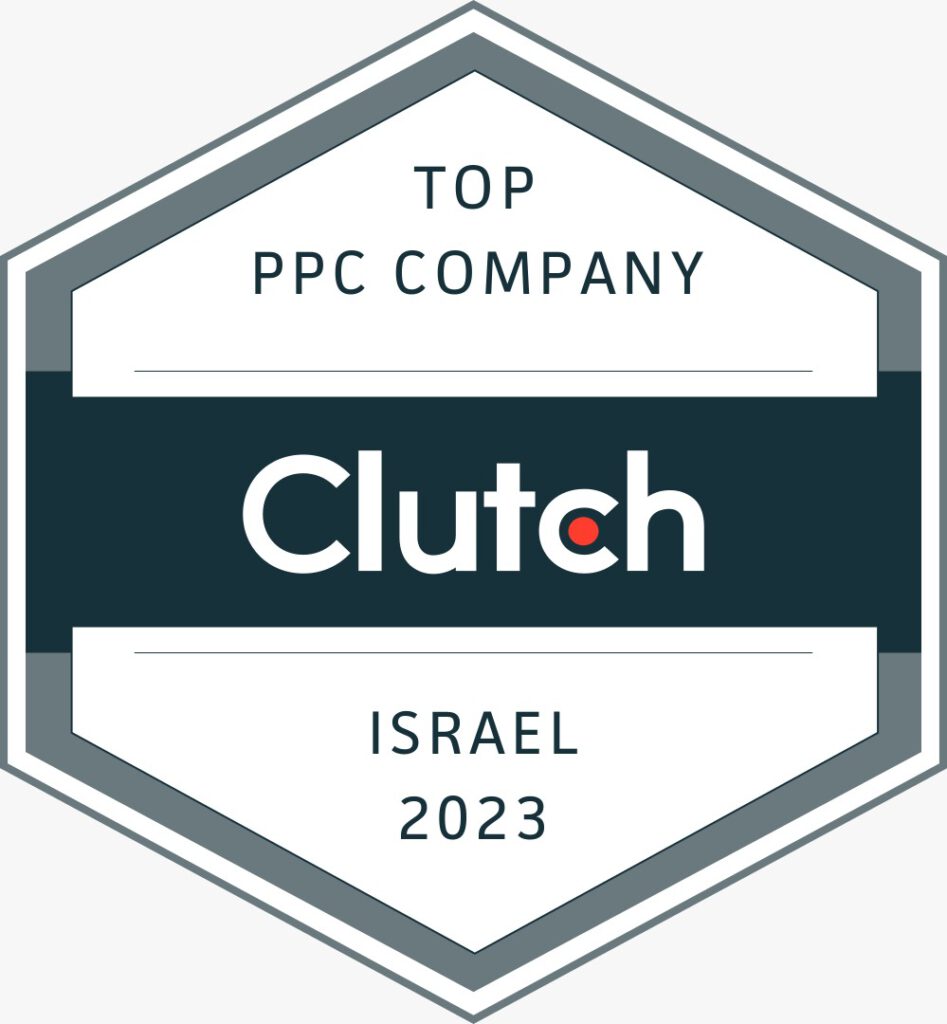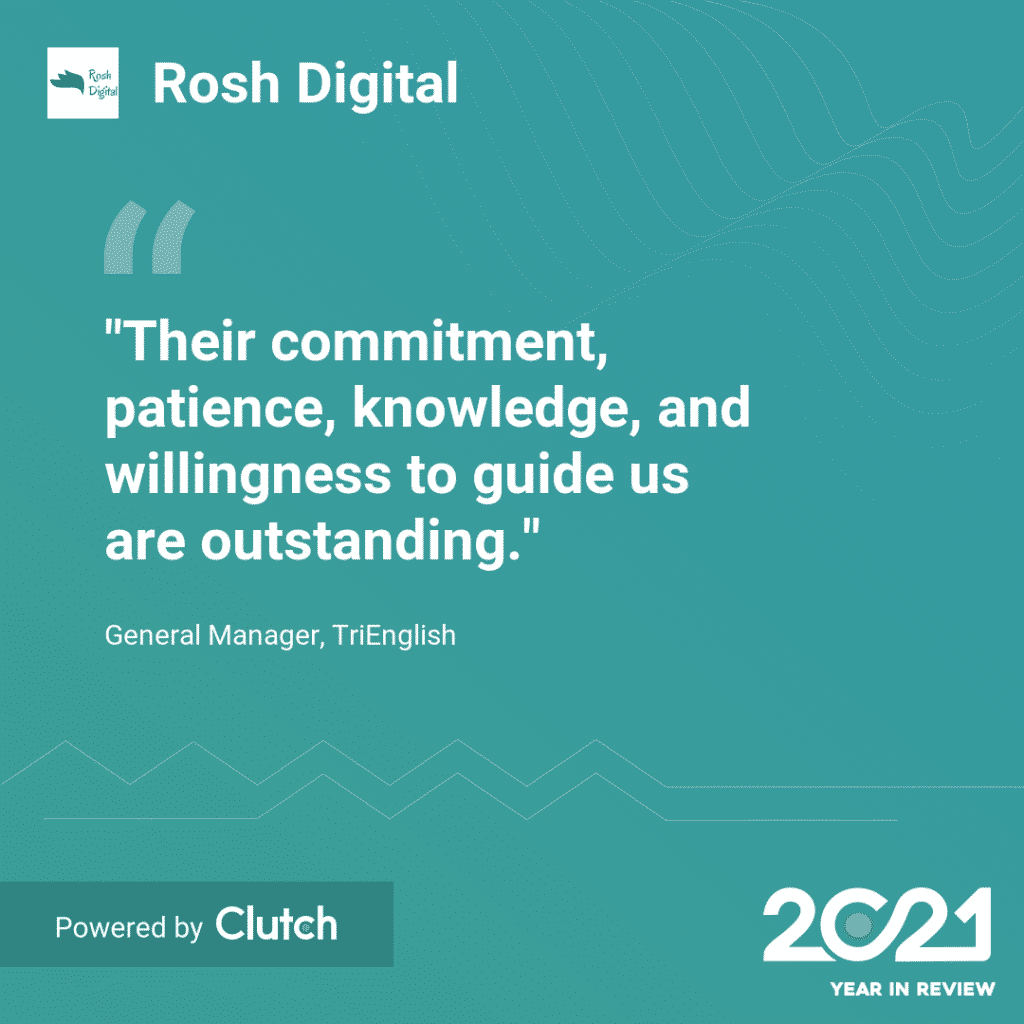Introduction
Pay-Per-Click (PPC) advertising can be an effective digital marketing strategy for small businesses to generate leads and drive sales. However, managing PPC campaigns can be challenging, especially when dealing with cash flow limitations. Many small businesses struggle to allocate sufficient funds for PPC advertising while maintaining other essential operations. In this article, we’ll explore practical tips and strategies to help small businesses overcome the cash flow challenge and make the most out of their PPC campaigns.
-
Set Clear Budgetary Goals
Before diving into PPC campaigns, it’s crucial to establish clear budgetary goals. Determine how much you can afford to allocate to PPC advertising without jeopardizing other aspects of your business. Consider your revenue projections, operational costs, and other marketing expenses. This will help you develop a realistic and sustainable PPC budget.
-
Start Small and Scale Gradually
If you’re new to PPC advertising or facing cash flow constraints, start with a smaller budget and a focused campaign. Test different keywords, ad formats, and audience segments to gauge their effectiveness. As you gather data and identify successful strategies, gradually increase your PPC budget to maximize returns.
-
Focus on High-Converting Keywords
Identify and target high-converting keywords to make the most of your PPC budget. Research relevant keywords that have lower competition and higher search intent. Long-tail keywords often offer better results and are generally more affordable than broad keywords.
-
Optimize Landing Pages
Ensure that your landing pages are optimized for conversions. A well-designed, user-friendly landing page can significantly impact your PPC campaign’s success. Make sure the landing page aligns with the ad’s message and provides clear calls-to-action (CTAs) to encourage visitors to take the desired actions.
-
Monitor Campaign Performance
Consistently monitor and analyze your PPC campaign’s performance. Keep a close eye on key metrics like click-through rates (CTR), conversion rates, and cost per acquisition (CPA). This data will help you identify areas that require improvement, enabling you to make informed decisions and optimize your campaign effectively.
-
Implement Geographic Targeting
For small businesses with limited budgets, focusing on specific geographic areas can be a cost-effective approach. Target locations where your products or services are in demand and where your budget can yield the best results.
-
Schedule Ad Display

Consider scheduling your ads to display during peak hours or when your target audience is most likely to be online. This way, you can optimize your budget by showing ads at the times when they are most likely to convert.
-
Leverage Remarketing
Implement remarketing strategies to re-engage users who have previously interacted with your website. Remarketing campaigns are often more cost-effective and can yield higher conversion rates since you’re targeting users already familiar with your brand.
Conclusion
PPC management for small businesses can be challenging, especially when cash flow is a concern. By setting clear budgetary goals, starting small, and scaling gradually, businesses can make the most out of their PPC campaigns. Additionally, focusing on high-converting keywords, optimizing landing pages, and monitoring performance are vital steps to succeed in PPC advertising. With strategic planning and a data-driven approach, small businesses can overcome cash flow challenges and harness the full potential of PPC advertising to grow their customer base and increase revenue.












